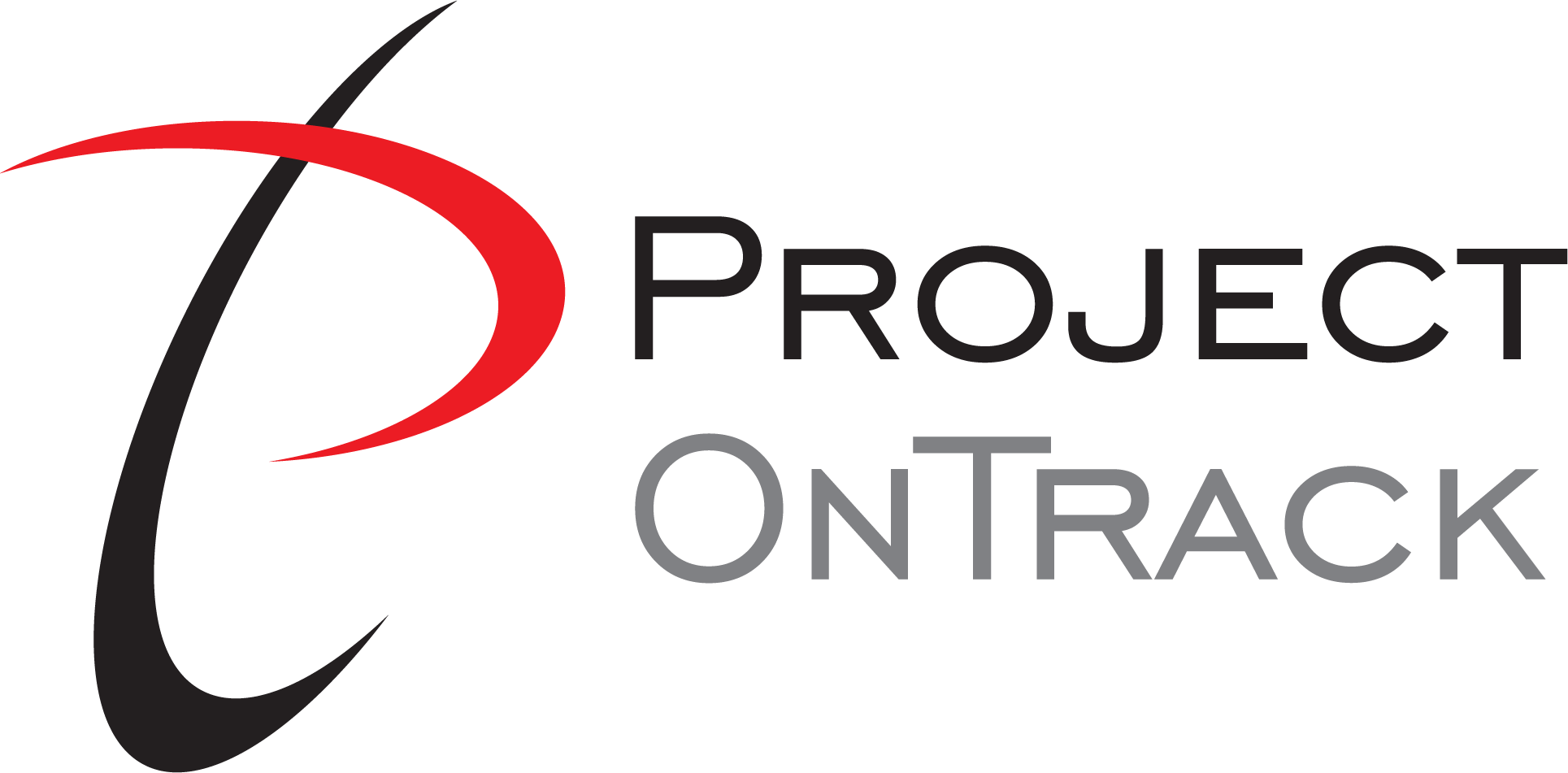Improve Your Bid Success Rate: Understanding Construction Tendering
Improve Your Bid Success Rate: Understanding Construction Tendering
Tendering stands as the bedrock of the construction industry, a structured dance between project visionaries and the builders who bring those visions to life. It’s the formal gateway through which project owners – be they government bodies, private developers, or corporations – solicit competitive bids for substantial construction endeavors. This rigorous process is designed to identify and secure the ideal contractor, one who not only meets the intricate technical and financial demands but also adheres to stringent legal frameworks. For every stakeholder in construction, from meticulous project managers and savvy procurement teams to ambitious contractors and specialized subcontractors, a deep understanding of tendering is not just beneficial—it’s foundational to success.
Navigating the Tendering Terrain: A Step-by-Step Guide
The tendering journey typically commences when a project owner articulates a specific need for construction services or materials. This requirement is then meticulously documented in a “tender” – a comprehensive blueprint outlining the project’s scope, precise specifications, critical timelines, and other indispensable details. The process generally unfolds as follows:
1.
Invitation to Tender (ITT) / Request for Proposal (RFP): The project owner formally extends
an invitation to tender (ITT) or, in some cases, a Request for Proposal (RFP),
directed towards a carefully considered pool of potential contractors. This
pivotal document serves as the project’s manifesto, providing exhaustive
information encompassing design specifications, budgetary constraints, and the
weighted criteria that will govern contractor selection.
2.
Tender Submission: Crafting the Winning Bid: Prospective contractors meticulously dissect the ITT,
embarking on the task of crafting their comprehensive bids. These submissions
detail their proposed methodology for meeting the project’s exacting
requirements, a transparent breakdown of service costs, realistic project
timelines, and a wealth of other pertinent information. A well-crafted tender
submission is a holistic package, often encompassing detailed technical proposals
showcasing expertise, robust financial offers demonstrating viability, and
meticulous compliance documentation affirming adherence to regulations.
3.
Tender Evaluation: Scrutinizing the Submissions: The project owner undertakes a
rigorous evaluation of each submitted tender, guided by predefined criteria
articulated in the ITT. These criteria typically encompass price
competitiveness, demonstrated technical capability, relevant past experience,
and unwavering compliance with all applicable legal and regulatory mandates.
This critical stage often involves an in-depth analysis of each bid, including
thorough technical assessments to gauge feasibility and rigorous financial
viability checks to ensure stability.
4.
Contract Award: Announcing the Victor: Upon the culmination of the evaluation process, the project
owner identifies the contractor whose bid most favorably aligns with the
established criteria – the “winning bidder.” This successful entity
is then formally awarded the contract, initiating a crucial phase where both
parties solidify their commitment through the signing of a formal agreement
that meticulously outlines the project’s terms, conditions, and mutual
expectations.
5.
Post-Tender Negotiations and Contract Finalization: In certain scenarios, particularly
for complex or nuanced projects, the project owner may engage in focused
negotiations with the selected contractor. This collaborative dialogue serves
to refine specific details, ensuring that both parties achieve a crystal-clear understanding
of the project’s intricate expectations and the precise deliverables required
before the final contract is executed.
Navigating
the Options: Types of Tendering in Construction
The
construction industry employs a diverse range of tendering processes, each
strategically tailored to suit the unique demands of different project types:
·
Open Tendering: As the most prevalent method, open
tendering champions transparency and broad participation. The project is
publicly advertised through various channels, inviting any qualified contractor
to submit a bid. This inclusive approach fosters robust competition, often
resulting in the most economically advantageous outcome for the project owner.
·
Selective Tendering: In contrast to its open counterpart,
selective tendering involves the project owner extending invitations to bid to
a pre-qualified and carefully curated group of contractors. This method is
frequently employed for highly complex projects where the owner necessitates
contractors possessing specialized skills, demonstrable experience in niche
areas, or a proven track record in handling similar undertakings.
·
Negotiated Tendering: This more direct approach involves
the project owner engaging in exclusive negotiations with a single,
specifically chosen contractor. This method is typically reserved for
situations where time is of the essence, or the selected contractor possesses
unique expertise or proprietary technologies deemed essential for the project’s
success. While facilitating quicker contract finalization, negotiated tendering
may not always yield the most competitively priced outcome.
·
Single-Stage and Two-Stage
Tendering: Single-stage
tendering follows a straightforward process where contractors submit their
comprehensive bids based on a complete and detailed set of project information
in a single submission. Conversely, two-stage tendering adopts a phased
approach. Initially, contractors submit a preliminary bid based on the
project’s initial details. Following a review and often the provision of more
refined project information by the owner, shortlisted contractors are then
invited to submit a more detailed and comprehensive final bid.
The
Cornerstone of Progress: The Importance of Tendering in Construction
Tendering
is not merely a procedural hurdle; it serves as a vital cornerstone of the
construction industry, underpinning its integrity and driving positive
outcomes:
·
Fostering Fair Competition: By providing an equal platform for
all qualified contractors to vie for projects, tendering cultivates a
competitive environment that encourages innovation, efficiency, and ultimately,
fair and reasonable pricing.
·
Ensuring Quality and
Compliance: The
rigorous evaluation of bids against clearly defined quality standards and
stringent legal and regulatory requirements empowers project owners to select
contractors who demonstrate the capability to deliver projects to the required
specifications while adhering to all applicable laws.
·
Strategic Cost Management: The tendering process equips project
owners with the ability to compare diverse cost proposals from multiple
contractors. This comparative analysis enables them to make informed decisions,
selecting a bid that offers the optimal balance between cost-effectiveness and
uncompromising quality.
·
Proactive Risk Mitigation: Through meticulous evaluations and
thorough pre-contract negotiations, tendering facilitates the early
identification of potential risks associated with a project. This proactive
approach ensures that the selected contractor possesses the necessary
expertise, financial stability, and resources to deliver the project within the
agreed-upon timelines and budgetary constraints, thereby mitigating potential
setbacks.
Navigating
the Challenges: Obstacles in the Tendering Process
Despite
its numerous advantages, the tendering process is not without its inherent
challenges:
·
Complexity and Time Commitment: Particularly for large-scale and
intricate projects, the tendering process can become protracted and exceedingly
complex. This extended timeline can potentially lead to project delays and
increased administrative overhead.
·
Significant Preparation Costs: Contractors often incur substantial
costs in preparing a comprehensive and competitive tender package. This
investment of time, resources, and expertise can be particularly burdensome for
smaller or less established firms.
·
Potential for Disputes: Ambiguity in tender documents or a
lack of transparency in the evaluation process can unfortunately lead to
disagreements and disputes between the project owner and participating
contractors. Such conflicts can result in project delays, costly legal
challenges, and damaged relationships.
·
The Shadow of Bid Rigging: In ethically compromised scenarios,
the integrity of the tendering process can be undermined by unethical practices
such as bid rigging. This illicit collusion among contractors to artificially
inflate prices or stifle competition directly contradicts the principles of
fair tendering and can lead to significantly inflated project costs for the
owner.
Conclusion:
Building a Foundation for Success Through Effective Tendering
Tendering
in construction stands as a critical and indispensable process, meticulously
designed to ensure that projects are entrusted to the most capable and
qualified contractors while securing the best possible value for the project
owner. While the process demands meticulous planning, unwavering transparency,
and scrupulous fairness, the inherent benefits – including the promotion of
healthy competition, the assurance of quality and compliance, and the effective
management of project costs – far outweigh the associated challenges. For both
project owners embarking on ambitious ventures and contractors striving for
growth and opportunity, a comprehensive understanding and skillful navigation
of the tendering process are not merely advantageous; they are absolutely
essential for achieving enduring success in the dynamic and demanding landscape
of the construction industry.













